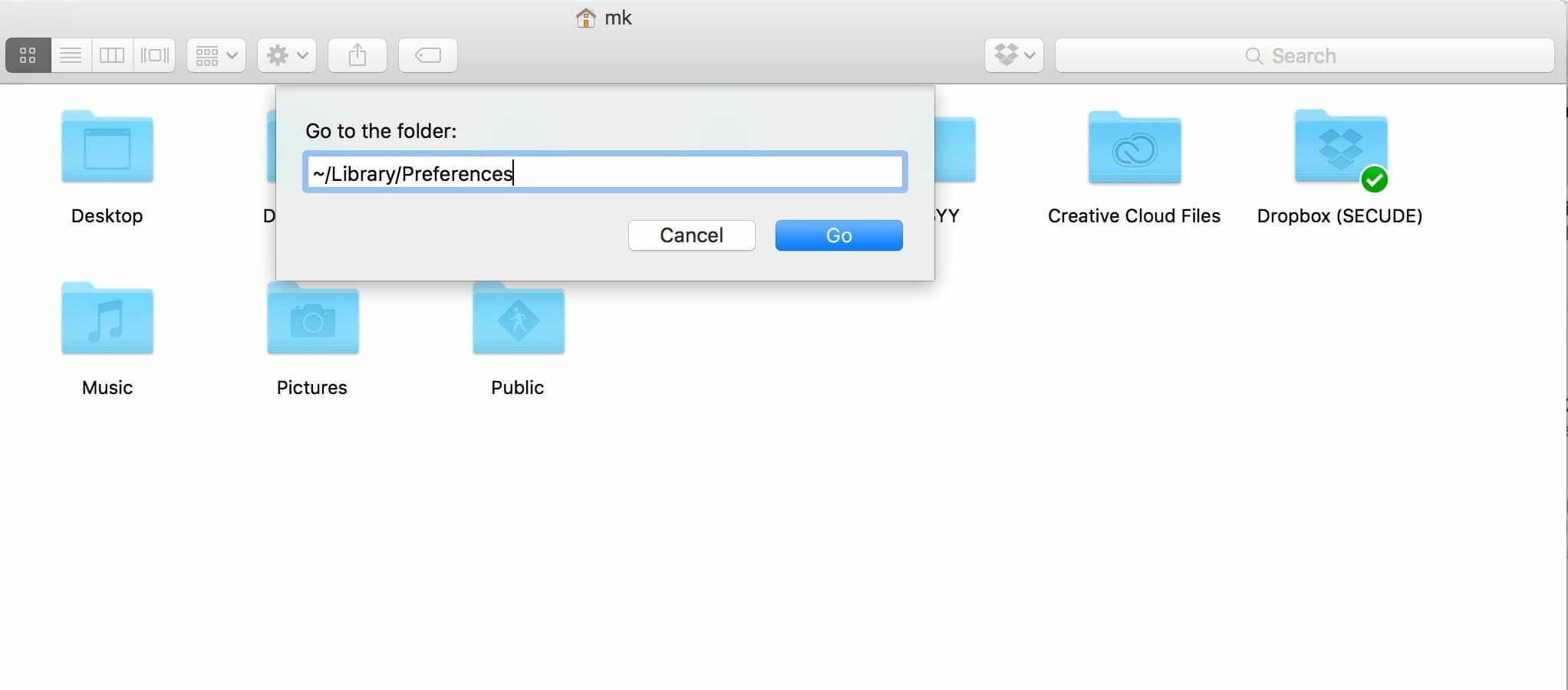- Need For Madness Reverse & Recharged Pan Ver Mac Os X
- Need For Madness Reverse & Recharged Pan Ver Mac Os Catalina
I need cheats which will work for pc midtown madness 2. 10 points for the maximum number of working cheats THANK YOU FOR CONSIDERING ALL ANSWERS APPRECIATED. Cheat: - submitted by: paul van zweel When you are driving press 'y'and type in the following: superspeed - this cheat will allow your car to get a boost of 100 mph when you press 'v'. Dont play the games at this site. Use.games. to play our games. When you are on stage 6, go by one of the high ramps, but don't go up it. Pause the game, and simply open a new window. Exit out of Need for Madness, and then go slap yourself five hundred times, for believing this would work. You're a stupid retard!!! We just need to give Project: Zero Dawn the time it needs, then everything will be the way it used to be. Datapoint 20 - So Sorry! This is found inside The Grave Hoard.
Google uses cookies and data to:
- Deliver and maintain services, like tracking outages and protecting against spam, fraud, and abuse
- Measure audience engagement and site statistics to understand how our services are used
- Improve the quality of our services and develop new ones
- Deliver and measure the effectiveness of ads
- Show personalized content, depending on your settings
- Show personalized or generic ads, depending on your settings, on Google and across the web
Click 'Customize' to review options, including controls to reject the use of cookies for personalization and information about browser-level controls to reject some or all cookies for other uses. Caesars slots bonus. You can also visit g.co/privacytools anytime.
Tags [ backups for mac, hosting, Mac OS X backups, rsync, simple Mac backups, ssh ]
You are probably well aware of the need for offsite backups; as atechnology professional this is one of the first arrangements I lookinto for any permanent storage of business information. When I startedtwo years ago for an internal 'startup' for a large company, one ofthe first things we did was set up an SVN repository and then work outan arrangement with an offsite data storage provider. However, thecobbler's children have no shoes: I've never set up a proper backupscheme for my own data at home, and it's about time to take care ofbusiness.
Fortunately, now that we've moved to using Macs at home and with theadvent of cheap UN*X hosting providers, it's about time I stoppedputting this off. The scheme here is pretty simple: get a hosted Linuxserver from someone like 1and1.com, dreamhost.com, or rackspace.comwhere the storage is backed up and they take care of security updatesfor the OS. Then set up a pretty simple combination of the UN*Xutilities rsync, ssh, cron, and bash scripts to get secure nightlybackups going. Just to make it more fun, I'm going to challenge myselfto have this all working in under an hour! I'll keep notes as I'mdoing it as to how long it takes, not counting the writeup before orafterward.
I decided to register a domain name with a hosting provider, since itwas included. My basic requirements were:
- SSH access
- rsync installed
- enough storage for my data
Be sure to acquire the following information from your hostingprovider:
- username/password with SSH access (preferably root, if you want touse the server for other purposes, but this is not necessary)
- IP address
- SSH host key of the server
I ended up registering a new domain with at dreamhost.com at$9.95/month. As it happened, DreamHost was running a promotion withunlimited disk space and bandwidth for the lifetime of myaccount. Score! I did have to email tech support to get the ssh hostkey. If you find yourself in a similar position, you can ask for theoutput of:

- Deliver and maintain services, like tracking outages and protecting against spam, fraud, and abuse
- Measure audience engagement and site statistics to understand how our services are used
- Improve the quality of our services and develop new ones
- Deliver and measure the effectiveness of ads
- Show personalized content, depending on your settings
- Show personalized or generic ads, depending on your settings, on Google and across the web
Click 'Customize' to review options, including controls to reject the use of cookies for personalization and information about browser-level controls to reject some or all cookies for other uses. Caesars slots bonus. You can also visit g.co/privacytools anytime.
Tags [ backups for mac, hosting, Mac OS X backups, rsync, simple Mac backups, ssh ]
You are probably well aware of the need for offsite backups; as atechnology professional this is one of the first arrangements I lookinto for any permanent storage of business information. When I startedtwo years ago for an internal 'startup' for a large company, one ofthe first things we did was set up an SVN repository and then work outan arrangement with an offsite data storage provider. However, thecobbler's children have no shoes: I've never set up a proper backupscheme for my own data at home, and it's about time to take care ofbusiness.
Fortunately, now that we've moved to using Macs at home and with theadvent of cheap UN*X hosting providers, it's about time I stoppedputting this off. The scheme here is pretty simple: get a hosted Linuxserver from someone like 1and1.com, dreamhost.com, or rackspace.comwhere the storage is backed up and they take care of security updatesfor the OS. Then set up a pretty simple combination of the UN*Xutilities rsync, ssh, cron, and bash scripts to get secure nightlybackups going. Just to make it more fun, I'm going to challenge myselfto have this all working in under an hour! I'll keep notes as I'mdoing it as to how long it takes, not counting the writeup before orafterward.
I decided to register a domain name with a hosting provider, since itwas included. My basic requirements were:
- SSH access
- rsync installed
- enough storage for my data
Be sure to acquire the following information from your hostingprovider:
- username/password with SSH access (preferably root, if you want touse the server for other purposes, but this is not necessary)
- IP address
- SSH host key of the server
I ended up registering a new domain with at dreamhost.com at$9.95/month. As it happened, DreamHost was running a promotion withunlimited disk space and bandwidth for the lifetime of myaccount. Score! I did have to email tech support to get the ssh hostkey. If you find yourself in a similar position, you can ask for theoutput of:
Ok, great! Now you have a destination for your offsite storage. Nextstep is to make sure we can securely log in over the network (we'lluse ssh for this). On the Mac you want to back up, open up a Terminalwindow, and ssh into your server using your username and the server'shostname, as in the following. N.B. Do not finish connecting if thessh server host key you got from your hosting provider does not matchthe key you see when you try this!
Ok, so far so good. Now we need to make sure we can do it withoutneeding a password; this is where user ssh keys come into play. First,let's create an ssh key to use for backups. We'll want to do this asthe root user on our Mac, so that when we run the backup script out ofcron, we won't run into permissions problems. You can use the 'sudo'command to become root on your Mac:
Now we need to create an SSH public/private key pair; this is asimilar concept to PGP email encryption/signing; you can read a reallyinteresting description of the chronology behind public keycryptography in the book Cryptoby Steven Levy. We'll keep the private key locally on our Mac, andtake a copy of the public key and copy it securely up to our backupserver; then ssh will use the private key when we connect, allowingthe backup server to verify using the public key that we are who wesay we are, without having to send a password. Nice.
Specifically, we will want to do the following (still as root):
Use an empty passphrase (i.e. just hit return when prompted for thepassphrase), as this will allow the ssh program to load the keywithout interaction from you. Also note, however, that anyone who getsroot access to your Mac will be able to ssh into your backup server atwill. Given that our backup server contains a copy of what thiswould-be hacker would be able to see on the actual Mac anyway, I don'treally see this being a big risk….
Now, we need to copy the public key over to the backup server:
You'll have to verify the server SSH key one more time, because nowyou are connecting from root rather than from your normal useraccount. Now we'll tell the backup host to accept a login from thiskey pair:
Now, we should be able to log in without a password from our Mac:
Sweet. Now we create a directory where our mirrored filesystems willlive:
The utility we'll use to do the mirroring is the rsync utility, whichcan be invoked to run securely over ssh. Sword & shield mac os. This actually makes a nicebackup utility for regular use, as the rsync protocol is actuallypretty smart about being able to find just the small subsets of datathat changed since the last sync; after the first big sync, for mostpersonal file use, there won't be much work to do every night.
For now, let's set up a test directory on our local Mac.
Pre - dest mac os. Now, to make the magic happen, we do this:
Now we can keep a window open on our backups host, and we should seeeverything show up there:
Just for fun, run the same rsync command above and see that nothinghappens if there have been no changes (or rather, just that a verysmall amount of data gets exchanged to verify no changes).
Need For Madness Reverse & Recharged Pan Ver Mac Os X
Let's just make sure changes show up:
(other window)
Need For Madness Reverse & Recharged Pan Ver Mac Os Catalina
Ok, looking good. Next step is to identify all the directories youwant to back up; let's keep a list of them in a config file on ourmac:
Note that it is important not to have trailing slashes on thesedirectory names, as this changes rsync's behavior slightly in a waythat you will probably find annoying (it won't copy the directory nameover, just the contents).
Ok, now the next step is to set up a script that can sync each of thedirectories:
Now we run it once by hand to make sure it works:
Finally, we install this in root's crontab as follows:
Nice and simple. Now the backups are off and running every nightwithout your intervention.
If you ever need to restore from the backup, you can always reversethe rsync process like this:
for each of the directories you have backed up over there.
Enjoy, and sleep well tonight….
P.S. Total elapsed time for the exercise was 2 hours from the time Iplaced the hosting order to the time the crontab was installed, but Itook a one hour break in the middle for dessert and bedtime with thekids. So I'll claim this really did only take one hour of 'CPU time'for me.

